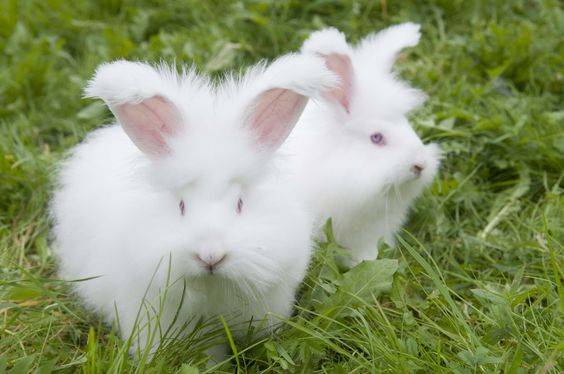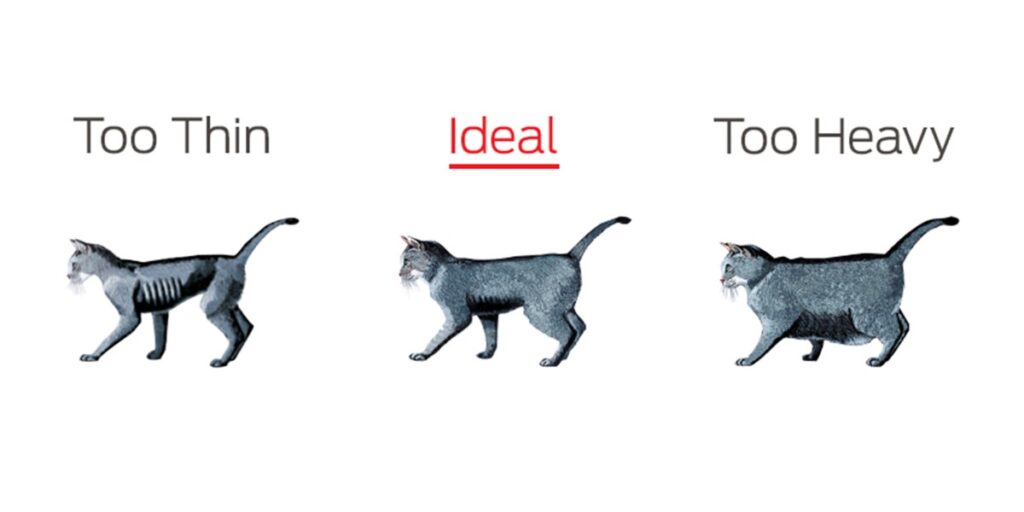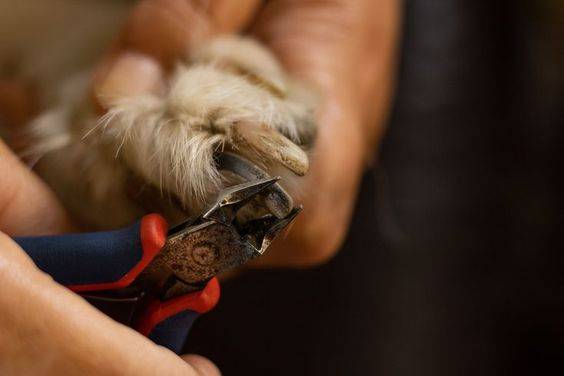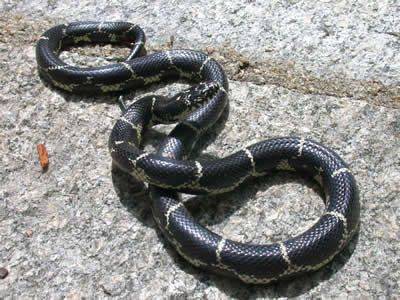Angora rabbits are among the oldest types of domestic rabbits, cherished for their incredibly soft and luxurious wool. Their unique appearance and the high-quality fiber they produce have made them popular among pet owners and fiber enthusiasts alike. This comprehensive guide will delve into the world of Angora rabbits. Whether you’re considering adding an Angora rabbit to your family or are simply intrigued by these fluffy creatures, read on to discover all you need to know.
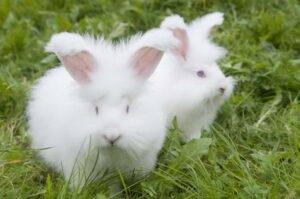
History and Origins of Angora Rabbits
The Angora rabbit has a rich history that dates back to ancient times. Originating in Ankara (historically known as Angora) in Turkey, these rabbits were prized for their long, soft wool. By the mid-18th century, Angora rabbits had made their way to Europe, where they quickly gained popularity among the French aristocracy. They were eventually introduced to America in the early 20th century, where they continue to be bred both as pets and for their valuable wool.
Types of Angora Rabbits
There are several breeds of Angora rabbits, each with its own unique characteristics and wool types. The four main breeds are:
- English Angora: Known for their dense and silky wool, English Angoras are small to medium-sized rabbits with a friendly disposition. Because of their thick coat they require regular grooming.
- French Angora: Larger than the English variety, French Angoras have a coarser wool that is easier to care for. They have a docile nature and are often preferred by those who spin wool.
- Giant Angora: The largest of the Angora breeds, Giant Angoras produce a significant amount of wool. They have a calm temperament and are particularly valued for their high wool yield.
- Satin Angora: Recognized for their shiny, soft wool, Satin Angoras have a unique sheen to their fur. They are medium-sized rabbits and are cherished for their beautiful wool, which has a fine texture.
Characteristics and Temperament
Angora rabbits are known for their gentle and affectionate nature. They make excellent pets due to their friendly disposition and relatively calm demeanor. However, they do require a considerable amount of care, particularly when it comes to grooming. Regular handling and socialization from a young age can help Angora rabbits become well-adjusted and comfortable around humans.
Physically, Angora rabbits are distinguished by their long, fluffy wool, which can grow up to several inches in length. Their ears are typically upright, and their eyes can be blue or brown. The average lifespan of an Angora rabbit is around 7-12 years, depending on the care they receive and their living conditions.
Housing and Care Requirements
Proper housing and care are crucial for the health and well-being of Angora rabbits. Here are some key considerations:
Housing
- Space: Angora rabbits need ample space to move around and exercise. A spacious hutch or cage with enough room for them to hop and stretch is essential. The enclosure should be at least four times the size of the rabbit when fully stretched out.
- Bedding: Use soft, absorbent bedding such as straw or hay to keep the rabbit comfortable. Avoid using cedar or pine shavings, as these can be harmful to rabbits.
- Temperature: Angora rabbits are sensitive to extreme temperatures. Keep their environment cool in the summer and warm in the winter. They should be kept indoors or in a well-insulated outdoor hutch.
Diet
A balanced diet is essential for the health of Angora rabbits. Their diet should consist of:
- Hay: The primary component of an Angora rabbit’s diet should be high-quality hay, such as timothy hay or orchard grass.
- Pellets: Supplement their diet with rabbit pellets that are high in fiber and low in protein. Avoid pellets with added seeds or dried fruit.
- Fresh Vegetables: Offer a variety of fresh vegetables daily, such as leafy greens, carrots, and bell peppers.
- Water: Always provide fresh, clean water.
Grooming
Regular grooming is critical for Angora rabbits due to their dense wool. Neglecting grooming can lead to matting and health issues. Here are some grooming tips:
- Brushing: Brush your Angora rabbit at least twice a week, using a slicker brush or a comb designed for long-haired animals. This helps prevent mats and removes loose wool.
- Trimming: Regularly trim the wool around their face, ears, and feet to keep them clean and comfortable. Professional grooming every few months may be necessary.
- Shearing: Angora rabbits need to be sheared every 3-4 months to harvest their wool and prevent matting.
Health Concerns
Angora rabbits are generally healthy, but they are prone to specific health issues due to their wool and breeding. Some common health concerns include:
- Wool Block: This condition occurs when a rabbit ingests too much wool while grooming, leading to a blockage in their digestive system. Prevent wool block by providing a high-fiber diet, regular grooming, and plenty of fresh water.
- Dental Problems: Like all rabbits, Angoras have continuously growing teeth. Ensure they have access to chew toys and a diet high in hay to keep their teeth worn down.
- Parasites: Angora rabbits can be susceptible to parasites such as mites and fleas. Regularly check their skin and coat for signs of infestation and consult a veterinarian if needed.
- Harvesting and Using Angora Wool
- One of the most appealing aspects of Angora rabbits is their luxurious wool, which is highly prized in the textile industry. Here’s how to harvest and use Angora wool:
Harvesting Wool
- Shearing: Shearing involves cutting the wool close to the rabbit’s skin using scissors or electric clippers. This method is quick and ensures a clean cut.
- Plucking: Plucking is a gentler method where loose wool is gently pulled from the rabbit’s coat. This method is less stressful for the rabbit but can be time-consuming.
- Combing: Regular brushing or combing can also help collect wool, particularly during the rabbit’s natural shedding periods.
- Using Wool
- Angora wool is incredibly soft, warm, and lightweight, making it ideal for various textile projects. It can be spun into yarn for knitting or crocheting garments such as sweaters, hats, and scarves. The wolf’s fine texture and natural sheen add a touch of luxury to any handmade item.
Breeding Angora Rabbits
Breeding Angora rabbits requires careful planning and knowledge. Here are some key points to consider:
- Selection: Choose healthy rabbits with desirable traits for breeding. Ensure they are free from genetic defects and health issues.
- Mating: Introduce the male (buck) to the female’s (doe) enclosure. Mating typically occurs quickly, and the doe should be separated from the buck afterward.
- Pregnancy and Birth: The gestation period for rabbits is around 31 days. Provide a nesting box for the doe to give birth. Monitor the mother and kits (baby rabbits) closely to ensure they are healthy.
The Joy of Owning Angora Rabbits
Owning an Angora rabbit can be a rewarding experience. These gentle and affectionate creatures make wonderful pets, offering both companionship and the added benefit of producing beautiful wool. With proper care and attention, Angora rabbits can thrive and bring joy to their owners for many years.
Inference
Angora rabbits are truly remarkable animals, cherished for their soft, luxurious wool and gentle nature. By understanding their history, care requirements, and the unique qualities of their wool, you can provide the best possible environment for these delightful creatures. Whether you’re a pet owner, a fiber enthusiast, or simply an admirer of Angora rabbits, this guide offers a comprehensive overview to help you appreciate and care for these wonderful animals.
By following the guidelines outlined in this article, you’ll be well-equipped to provide a happy, healthy life for your Angora rabbit and enjoy the many benefits they bring.

